The Significance of Wedding Traditions
From the exchanging of rings to the tossing of the bouquet, everyone is familiar with different wedding traditions. But, how did they start and why are they included in weddings? It seems that almost every feature of a wedding contains some kind of significant meaning. So, we did a little research to see how some of the most popular wedding trends began and how they’re being used centuries later.
The Bride Wears a White Dress and Wedding Veil
It wasn’t until 1840 that the white wedding dress became popular after Queen Victoria of England wore a white gown on her wedding day. White dresses are still favored by many brides, although new trends emerge every year, including wearing beautiful colored gowns.
The veil was initially used in arranged marriages as a way to conceal the features of the bride until the ceremony was complete. This was to keep the groom from canceling the wedding if he didn’t like the way the bride looked.
It’s also believed by historians that Ancient Romans used the veil to hide the bride’s face to keep her protected from evil spirits who were jealous and wanted to ruin the union. Nowadays, the veil is used as a way to signify the bride’s honor or is just simply used a fashion accessory.
The Couple Isn’t Allowed to See One Another Before the Ceremony
Although you may have heard it’s bad luck for couples to see each other before the wedding, this tradition actually started when arranged marriages were common. Similar to the veil tradition, this was a way to keep the groom from backing out of the wedding if he didn’t think the bride was attractive. While many couples today like the excitement of waiting to see each other at the altar, others choose to break the tradition and steal first looks when taking photos before the wedding.
Something Old, Something New, Something Borrowed, Something Blue
This tradition dates back to the Victorian era and was used as a way to ward off superstitions and bring the bride good luck.
· Something old – ties the bride to her family and past
· Something new – represents the future she will have with her new husband
· Something borrowed – an item borrowed from someone who's been successfully married, used as a way to pass on good luck
· Something blue – stood for purity
The Exchanging of Rings
Close to 5,000 years ago in Ancient Egypt, couples would exchange “rings of love” made of woven reeds or leather. The Egyptians saw the shape of the ring, a circle, as a powerful symbol. The band’s opening represented a gateway to the unknown world, while the band having no end represented eternal life and love.
Tossing the Bridal Bouquet
In 14th century England, people would tear off pieces of the bride’s dress to keep as a good luck charm. To prevent women from ripping her gown, the bride would toss her flower bouquet as a way to pass on the good luck instead.
Garter Toss
Back in the Dark Ages, it was customary for certain wedding guests to go back to the room with the bride and groom. Oftentimes, guests would become rowdy and try and grab the garter from the bride to keep for good luck. As you can imagine, this was not something the bride or groom looked forward to. So, to prevent the invasive event from happening, the groom would begin throwing the garter into the crowd of guests during the reception.
Father Giving Away the Bride
This comes from when fathers sold their daughters to be wed (like in an arranged marriage). The father was basically giving the bride to the groom as a transfer of ownership, while the wedding guests acted as witnesses to the contract. This tradition has since taken on a much more sentimental meaning. The father is giving away his daughter to a man who loves and cares for her as much as he does.
Saving the Top of the Wedding Cake
In the late 1900s, couples would keep the top tier of their wedding cake to serve at their child’s christening, which was expected to happen a year after the wedding.
Showering the Newlyweds with Rice
Ancient Romans believed that showering wheat on the newlyweds symbolized rain and would increase the bride and groom’s chances of having children. During the Middle Ages, wheat was replaced with rice as a symbol of fertility. Though some couples still carry on the tradition of being showered with rice, others prefer having their guests blow bubbles or hold sparklers as they leave the reception.
Every wedding is different and unique because it represents the specific couple getting married. While it’s fun to carry on the traditions that have been happening for years, it’s entirely okay to think outside of the box and change things up according to what fits with you and your future spouse’s personalities and beliefs.
At Heathrow Legacy Club, our event coordinators look forward to helping you incorporate your wedding traditions, whether old or new. Call us today at 407-562-0170 for more information or to schedule a site tour.

